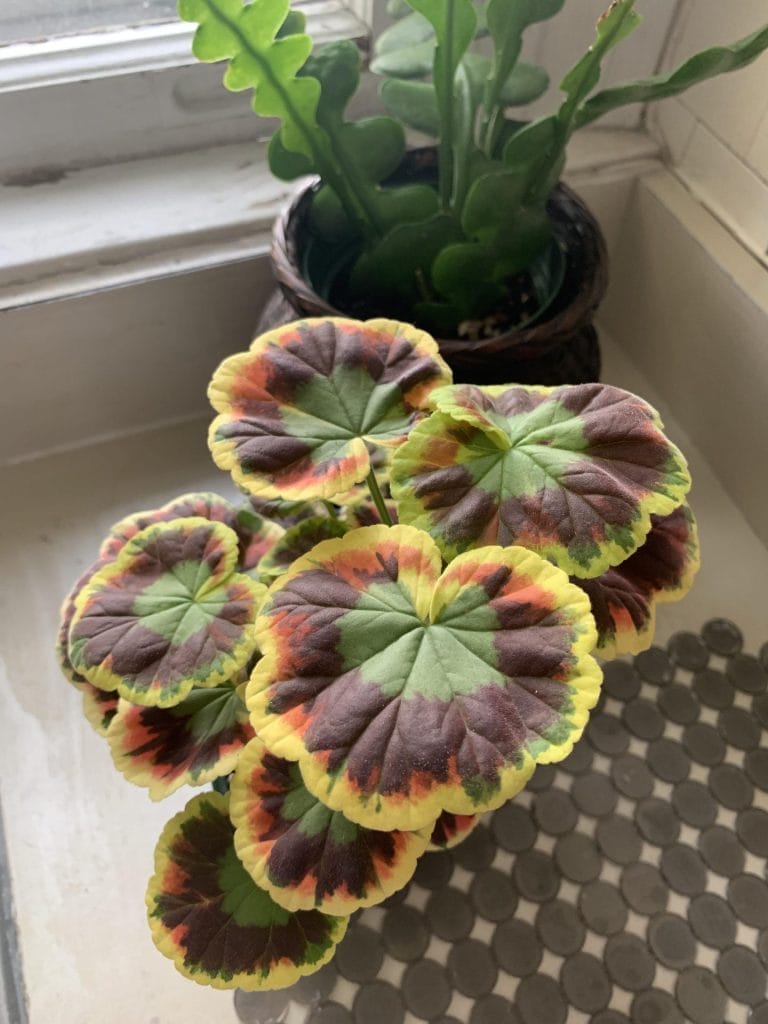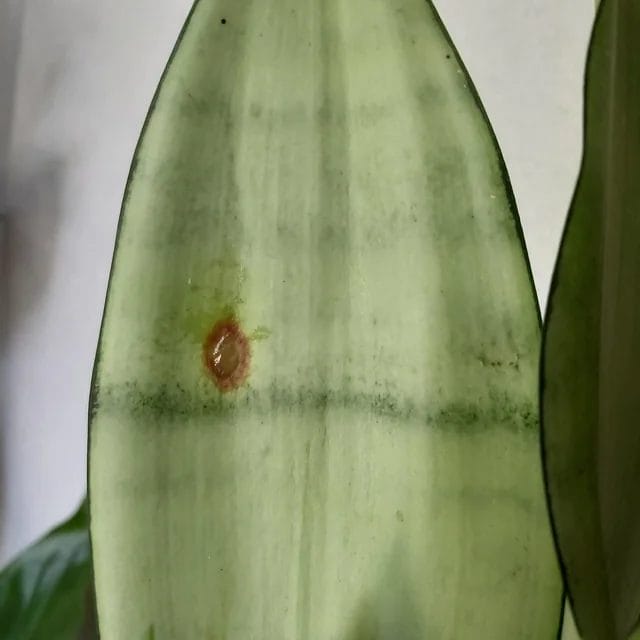Is Sunflower an Herb or Shrub?

In botanical terms, a sunflower (Helianthus annuus) is considered an herb. This is because herbs are defined as plants with non-woody stems that die back at the end of their growing season, which fits the sunflower’s lifecycle.
While sunflowers can grow quite tall and have sturdy stems, making them seem somewhat shrub-like, they do not have the woody stems characteristic of shrubs. Also, unlike shrubs, which are perennial and persist for several years, sunflowers are annual plants, meaning they complete their lifecycle within a single growing season.
So, while sunflowers share some characteristics with both herbs and shrubs, they are classified as herbs according to the botanical definitions.
Biological Classification Of Sunflowers
When we look at sunflowers, their vibrant yellow petals and towering height offer an image of summer at its finest. But there’s more to these golden beauties than meets the eye. Let’s embark on a journey through the complex world of biological classification and unravel the true identity of the sunflower.
In the grand tapestry of the plant kingdom, our beloved sunflower belongs to the order Asterales.
Like a family tree, this order is filled with unique members connected through shared characteristics.
The sunflower’s immediate family, the Asteraceae, is vast and diverse, boasting over 23,000 species. This lively group, also known as the daisy or sunflower family, consists of annuals, biennials, and perennials with simple or compound leaves and radiant flowers.
Though they may seem worlds apart in appearance, a dainty daisy and a towering sunflower are, in fact, distant cousins.
A step further down the family line, we meet the genus Helianthus, Greek for ‘sun flower’. Each Helianthus species showcases distinctive features, but all share a common love for the sun. The sunflower, or Helianthus annuus, is a standout in this group. Known for its hardy nature and impressive height, this sun worshipper brings a distinctive charm to the Helianthus family.
A distinguishing feature of Helianthus annuus is its tendency to ‘heliotropism’ during the bud phase, meaning it moves its bloom to follow the sun across the sky – a literal interpretation of its name, sunflower. These unique attributes, among others, help botanists pinpoint where the sunflower fits into the broad spectrum of plant life. Like piecing together a jigsaw puzzle, each plant’s characteristics help us understand the intricacies of the world’s biodiversity.
Debunking Misconceptions: Sunflowers as Herbs, Shrubs, or Something Else
Given its non-woody stem and annual life cycle, you might hear someone refer to a sunflower as an herb. Someone else might insist it’s a shrub, considering its hardy structure and impressive height. However, it’s important to approach these claims discerningly because sunflowers don’t exactly fit perfectly into either category.
Herbs, with their delicate structures and seasonal lives, contrast significantly with shrubs’ sturdy, perennial nature. Sunflowers share similarities with both, yet they don’t completely align with the strict botanical definitions of these categories.
Their stems, although robust, are not woody. They live and die within one growing season, so they don’t quite match the enduring nature of shrubs. At the same time, they stand tall, quite unlike many common herbs we might think of.
Sunflowers belong to a unique group known as annual broadleaf plants. This classification hits the nail on the head, encapsulating their defining features.
The term ‘annual’ reflects their single growing season lifespan, while ‘broadleaf’ captures the essence of their large, flat leaves. By embracing this classification, we get a more accurate picture of the sunflower’s true nature, going beyond common misconceptions and appreciating its unique place within the vast tapestry of the plant kingdom.
By doing so, we illuminate the truth of its identity, underscoring the beauty of natural diversity. So, next time you see a sunflower standing tall, think of it as more than an herb or a shrub – it’s a testament to nature’s wonderful variety.






